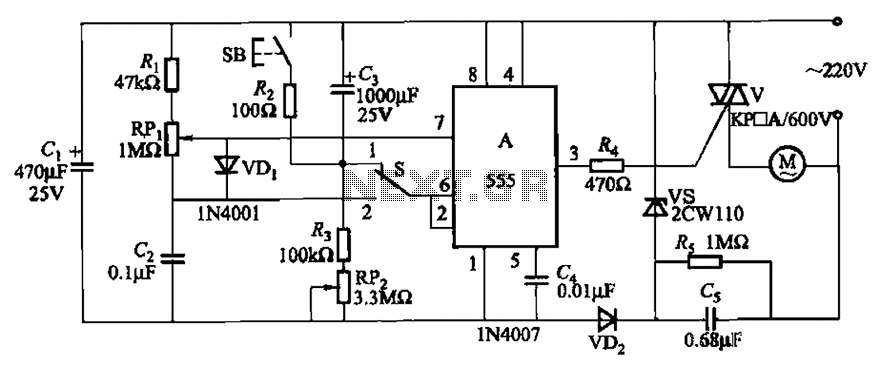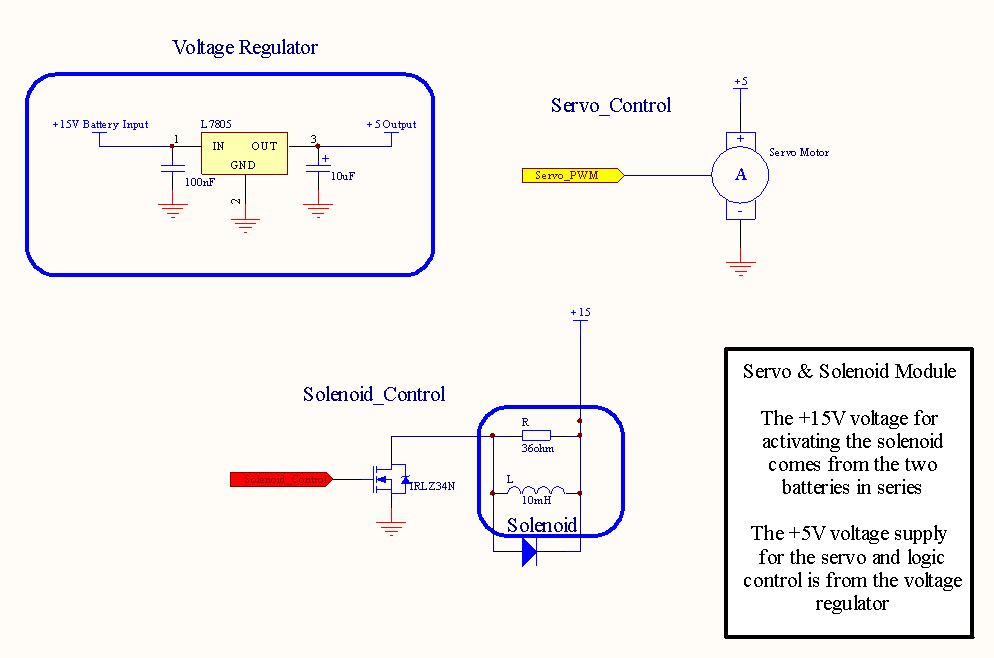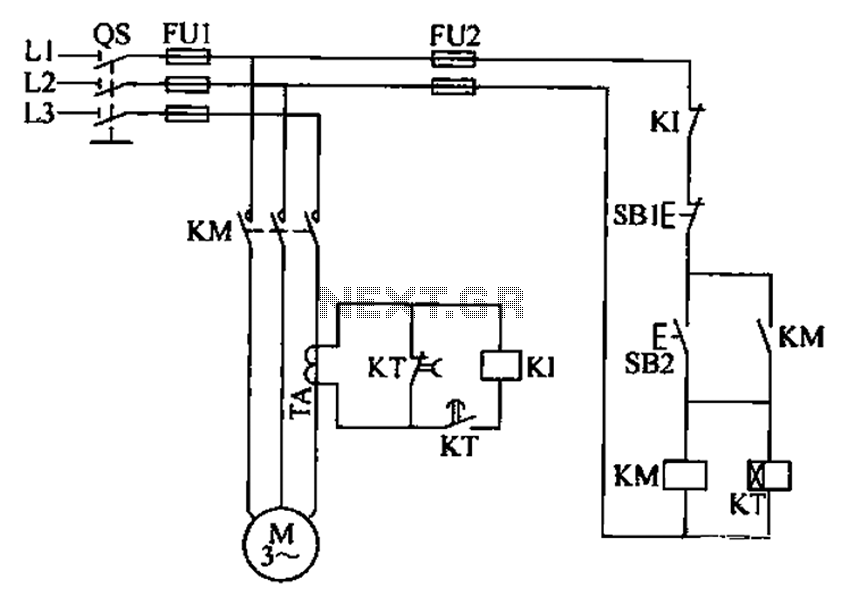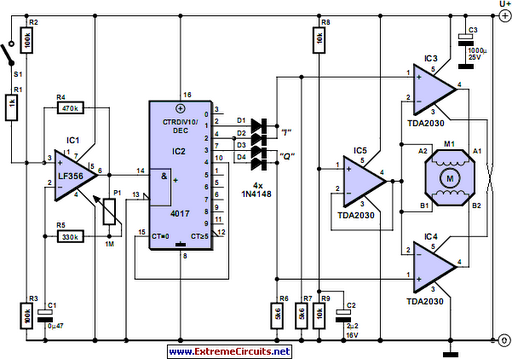
Three single-phase motor stepless thyristor circuits

The circuit illustrated in Figure 3-12 incorporates variable speed and timing control functions. When switch S is set to position 1 and button SB is pressed, the motor initiates operation. After a predetermined delay, the motor automatically shuts down. The timing duration can be adjusted using potentiometer RPz, allowing for a range of 5 to 60 minutes. When switch S is set to position 2, the circuit operates as a stepless speed control, enabling continuous adjustment of the motor speed via resistor RPi. The primary control element in this circuit is the 555 integrated circuit (IC A).
The circuit utilizes a 555 timer IC configured in astable and monostable modes to achieve its variable speed and timing functionalities. In position 1, the 555 timer is configured in monostable mode, where pressing button SB triggers the timer. The output of the timer controls a relay or transistor that energizes the motor. The timing duration, which determines how long the motor runs before shutting off, is set by the values of the timing capacitor and potentiometer RPz. The time period can be calculated using the formula T = 1.1 * R * C, where R is the resistance in ohms and C is the capacitance in farads.
In position 2, the 555 timer is configured in astable mode, allowing it to continuously oscillate, which in turn modulates the speed of the motor. The frequency of the oscillation is determined by the resistances RPi and another fixed resistor in conjunction with a timing capacitor. By adjusting RPi, the duty cycle and frequency of the output signal can be varied, thus providing a stepless control over the motor's speed. This configuration is particularly useful in applications requiring precise speed adjustments for various operating conditions.
The overall design emphasizes flexibility, allowing users to tailor both the operational duration and speed of the motor to suit specific requirements. The use of a 555 timer IC simplifies the implementation of timing and speed control, making it a popular choice in many electronic applications. The circuit can be further enhanced by incorporating additional components such as diodes for flyback protection, capacitors for noise filtering, and indicators for operational status. Circuit shown in Figure 3-12. It has a variable speed and timing control functions. When the switch S placed in the 1 position, press the button SB, the motor starts running, a fter a period of delay, the motor automatically shut down, adjust the potentiometer RPz, may change the timing of time (5-60min). When S is placed Z position, the word is stepless speed circuit, adjust RPi, continuously changing the motor speed.
Mainly through 555 IC A.
The circuit utilizes a 555 timer IC configured in astable and monostable modes to achieve its variable speed and timing functionalities. In position 1, the 555 timer is configured in monostable mode, where pressing button SB triggers the timer. The output of the timer controls a relay or transistor that energizes the motor. The timing duration, which determines how long the motor runs before shutting off, is set by the values of the timing capacitor and potentiometer RPz. The time period can be calculated using the formula T = 1.1 * R * C, where R is the resistance in ohms and C is the capacitance in farads.
In position 2, the 555 timer is configured in astable mode, allowing it to continuously oscillate, which in turn modulates the speed of the motor. The frequency of the oscillation is determined by the resistances RPi and another fixed resistor in conjunction with a timing capacitor. By adjusting RPi, the duty cycle and frequency of the output signal can be varied, thus providing a stepless control over the motor's speed. This configuration is particularly useful in applications requiring precise speed adjustments for various operating conditions.
The overall design emphasizes flexibility, allowing users to tailor both the operational duration and speed of the motor to suit specific requirements. The use of a 555 timer IC simplifies the implementation of timing and speed control, making it a popular choice in many electronic applications. The circuit can be further enhanced by incorporating additional components such as diodes for flyback protection, capacitors for noise filtering, and indicators for operational status. Circuit shown in Figure 3-12. It has a variable speed and timing control functions. When the switch S placed in the 1 position, press the button SB, the motor starts running, a fter a period of delay, the motor automatically shut down, adjust the potentiometer RPz, may change the timing of time (5-60min). When S is placed Z position, the word is stepless speed circuit, adjust RPi, continuously changing the motor speed.
Mainly through 555 IC A.





